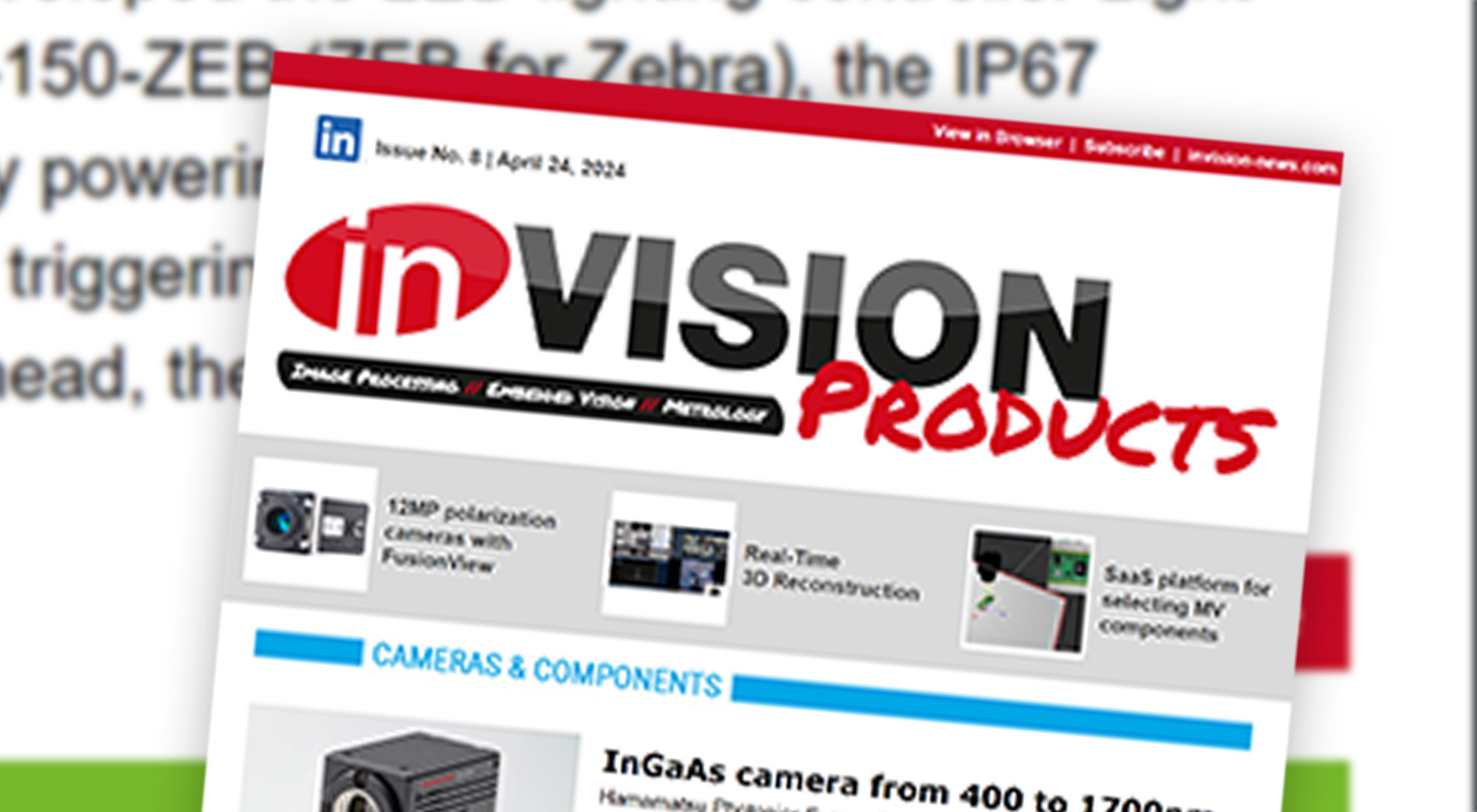Theia’s calibrated lenses are individually characterized and calibrated at the factory to provide a rich array of data sets including measured MTF resolution performance, focal length, F/#, geometrical distortion, relative illumination, lateral color, apeture, focus / zoom tracking, temperature focus shift, vignetting and more. This calibrated data is provided so the user can optimize image quality in real time and possibly without the requirement to use difficult or costly field calibration fixtures. Calibrated data is a combination of data unique to one lens and design data that is common across lenses in the same family. This data is available for download from Theia’s cloud database and are linked to individual lenses through the lens serial number along with application note providing some options for using the data.

The company offers many different calibrated lens models with varying feature sets:
Motorized zoom and focus: Lenses often need to be controlled remotely or automatically. For lenses that are difficult to physically access or those that need adjustment periodically (due to object distance, desired image resolution, or temperature change for example) there is no need for physical access to the lens. Many of the calibrated lenses have focus and zoom motors. In these cases, Theia provides a focus/zoom tracking curve so the user can program the lens focus motor position to maintain good focus as focal length is changed.
Zoom/Focus tracking curve: For calibrated lenses that include motorized zoom and focus, the relationship between these motor positions is provided in a focus/zoom curve. As the focal length (zoom) motor changes the focus motor must also change to keep the object in focus. This focus/zoom curve allows the user to quickly find the best focus and maintain a continually sharp image as the field of view is changed.
Adjustable motorized p-iris: For many of the calibrated lenses, the lens aperture is controlled by a precision iris (p-iris) which can be digitally controlled for varying lighting conditions. For HDR images, the iris can be set to allow different exposures for the same scene brightness. In addition, the iris can be used along with exposure time to control for depth of field of the image.
Internal dual optical filters: Some applications require capturing a color image of a scene for visual documentation and then switching to an IR only filter for enhanced OCR, food and crop condition, or improve SNR for IR illuminated scenes. The calibrated lenses may include an internal switchable filter system. The lens can switch optical transmission passbands with an internal dual filter wheel. Depending on the lens specifications, the lens can switch between transmitting visible light and IR light or from visible only to visible and IR together.

Intuitive unit conversion for zoom, iris, and focus: Setting the lens to a desired focal length by specifying millimeters or setting focus to a specific distance by specifying meters is a typical application. The calibrated lenses provide curves to convert from intuitive unis to motor steps and vice versa.
Calibrated distortion and optical axis position: Mapping applications and 3D imaging applications requiring known object positions can be set up and calibrated by the end user without complicated distortion mapping illumination grid jigs. Each lens is individually calibrated and positional corrections due to lens distortion are available at multiple focal lengths.
Calibrated resolution: The user can maximize image sharpness and light gathering ability while minimizing image blurring in low light by intelligently setting the lens aperture, focal length, and focus position. Lens MTF resolution (optical sharpness) is measured and calibrated for each lens.
Calibrated relative illumination: Bin picking and quality control applications are made easier with a uniformly exposed scene. Each calibrated lens is individually calibrated for relative illumination (vignetting) so that corner to corner image brightness can be adjusted for uniformity at different focal lengths and F/# settings.
IR correction: Maintaining a single image focal plane for visible through near IR light allows broad spectrum and multi-spectral applications to use a single lens without requiring frequent focus adjustments. For many applications the designed-in IR correction is sufficient, but the calibrated lenses also provide a focus shift calibration curve at different wavelengths that may be used to improve the image resolution further.












